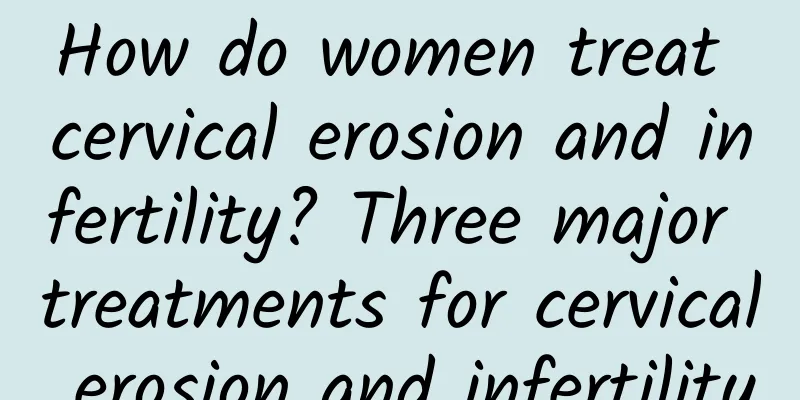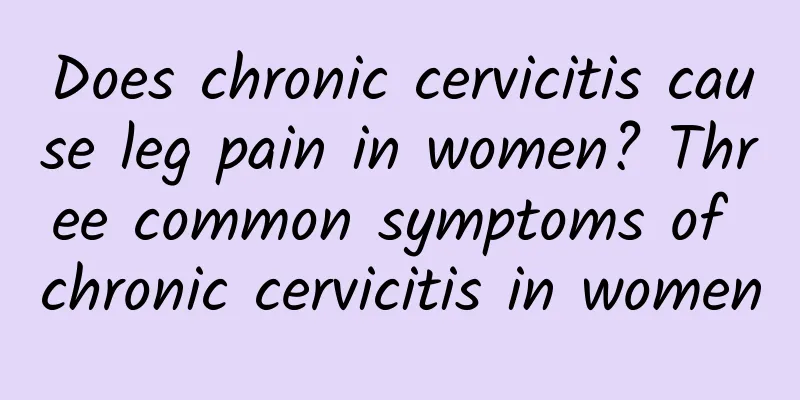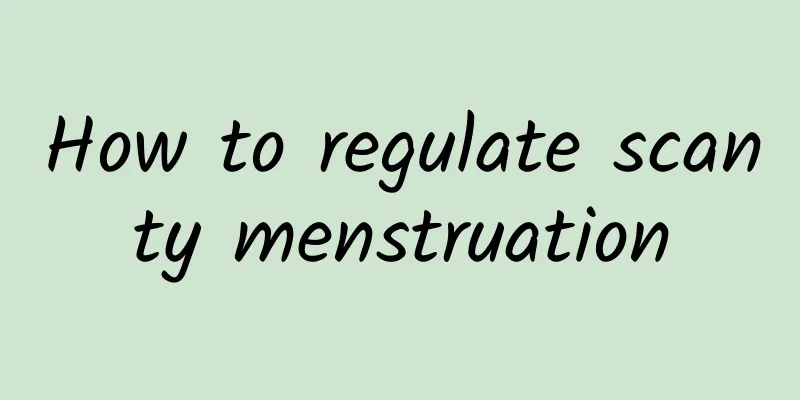What are the ischemic changes of uterine fibroids? What should I do if I have ischemic uterine fibroids?

|
Uterine fibroids are a common benign tumor in gynecology. They grow on the inner wall of the uterus and often cause a lot of discomfort and pain to patients. The ischemic changes of uterine fibroids are a common phenomenon in this pathological process and are considered to be one of the main causes of disease progression. So, what are the ischemic changes of uterine fibroids? What should we do if uterine fibroids are ischemic? Let us learn more about it below. First, let's explain what ischemic changes in uterine fibroids are. Ischemic changes in uterine fibroids refer to the vascular stenosis and ischemic state caused by insufficient blood supply to the uterine tissue where the fibroids are located. This ischemic change is caused by the rapid growth of the fibroids themselves. As the fibroids grow larger, they gradually compress the surrounding blood vessels, making blood supply difficult. Once ischemic state occurs, it may cause a series of symptoms and complications. Next, we list some manifestations of ischemic changes in uterine fibroids in order to better understand this phenomenon. The first is pain. Patients may experience periodic lower abdominal pain, back pain, and pelvic discomfort. This is caused by malnutrition and insufficient oxygen supply to the uterus and surrounding tissues due to ischemia. The second is abnormal menstrual bleeding, which may cause excessive menstruation, prolonged menstruation, and even irregular menstrual cycles. Finally, there is infertility. The ischemic changes of uterine fibroids often damage the endometrium, leading to difficulties in implantation and obstructed embryonic development, thus causing infertility problems. So, what should we do when facing ischemia of uterine fibroids? First of all, we should actively seek help and treatment from doctors. During the medical treatment, drug treatment can be taken, such as using drugs to regulate hormone levels and reduce the growth of endometrium, thereby alleviating ischemia. At the same time, other non-drug treatments can also be tried, such as transcatheter arterial embolization, hysterectomy, etc. During the treatment process, we should also pay attention to maintaining good living habits, including regular diet, moderate exercise and a good attitude. At the end of the article, we once again emphasized the key words "What are the ischemic changes of uterine fibroids?" It is an important phenomenon in the development of uterine fibroids. Understanding the ischemic changes of uterine fibroids is of great significance for diagnosis and treatment. If uterine fibroids are ischemic, you should seek medical attention in time and take appropriate treatment measures according to the doctor's advice in order to recover as soon as possible. At the same time, you should also pay attention to prevention and adjustment of your lifestyle to try to avoid the occurrence of ischemia in uterine fibroids. Only in this way can you better protect your health. |
Recommend
What should be checked for secondary amenorrhea
For secondary amenorrhea, the priority should be ...
Family members should do a good job in daily care of patients with pelvic inflammatory disease
Pelvic inflammatory disease is a common gynecolog...
How long after the abortion can I go back to work?
In recent years, with the development of medical ...
What are the symptoms of endometriosis?
Endometriosis is very harmful, and there are many...
What is artificial abortion? Four common methods of artificial abortion
What does artificial abortion mean? Everyone must...
How to prevent senile vaginitis?
We know that there are many types of vaginitis, a...
Expert Q&A: Common causes of uterine fibroids
In real life, many female friends have to face th...
Specific introduction to common early symptoms of ovarian cysts
Ovarian cysts are an ovarian disease that many wo...
What are the causes of pelvic inflammatory disease? The reasons are complicated
Understanding the causes of pelvic inflammatory d...
Do I need an IV drip after a medical abortion? It depends on the specific situation.
If the abortion is not complete after medical abo...
What does multiple cervical cysts mean? Five measures to prevent cysts
Multiple cervical cysts are one of the most commo...
Only by taking good care of adnexitis can we keep the disease away from us
The occurrence of adnexitis brings a lot of incon...
What causes threatened miscarriage?
One of the most concerned questions is: Why does ...
Is it healthier to drink coffee with brown sugar? Nutritional information of brown sugar, brown sugar, yellow sugar and white sugar revealed
Mrs. Wang, 65, considers herself a beverage addic...
Atrophic vulvar leukoplakia, typical symptoms at each stage.
Did you know that if you unfortunately suffer fro...









